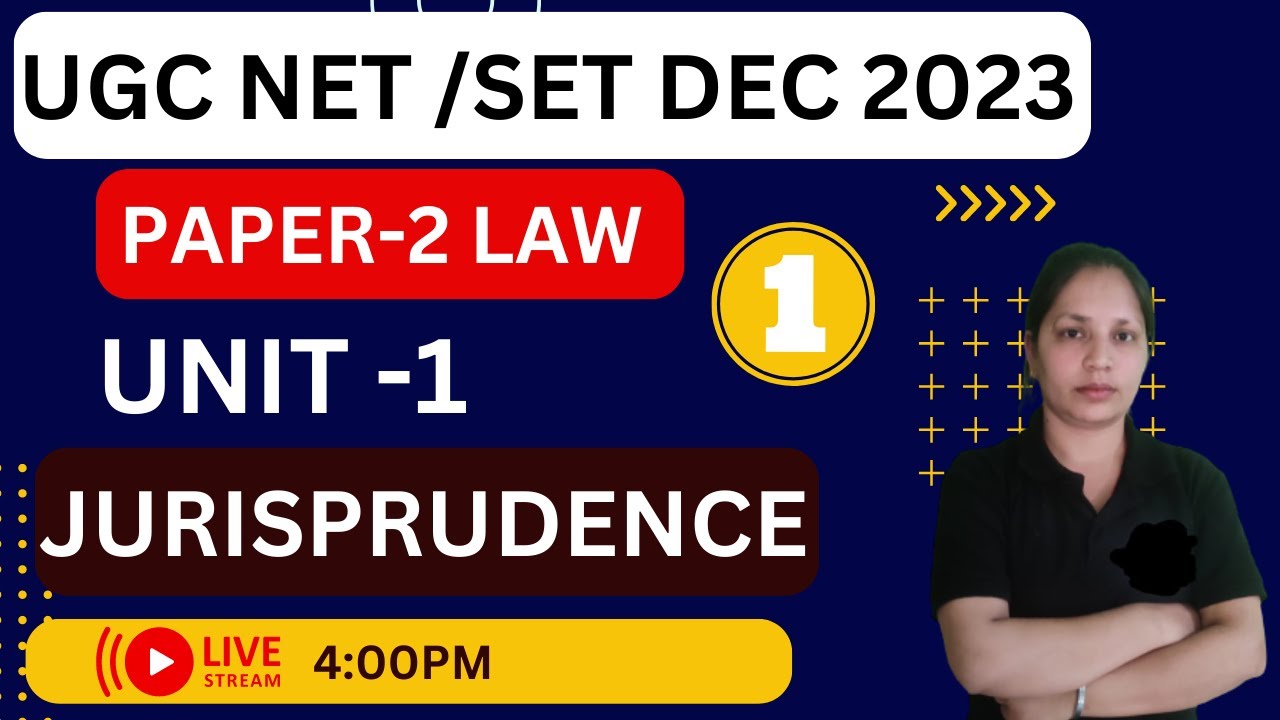Introduction to IRAC | Law School Basics | The Gold Standard in Legal Analysis
Summary
TLDRIn this video, lawyer turned YouTuber Nate Brody introduces the IRAC method for legal analysis, emphasizing its importance in law school and beyond. He explains that IRAC stands for Issue, Rule, Application, and Conclusion, which is a structured approach to merging facts with the law for clear and effective legal analysis. Brody highlights the method's prevalence in law exams and its necessity for understanding cases and client issues. He also promises to provide examples of IRAC in future videos, positioning viewers with an advantage in their legal studies.
Takeaways
- 📚 The video is about the foundation of legal analysis in the United States, focusing on the IRAC method.
- 👨🏫 Nate Brody, a lawyer turned YouTuber, shares his experience teaching law students the IRAC method for effective legal analysis.
- 🔍 IRAC stands for Issue, Rule, Application, and Conclusion, which is a structured approach to legal analysis.
- 🤔 The goal of IRAC is to merge facts with the law to create a clear and understandable legal analysis.
- 📝 The 'Issue' part of IRAC is a brief statement that sets the context for the analysis.
- 📖 The 'Rule' section involves identifying and explaining the relevant body of law that applies to the issue.
- 🔄 The 'Application' is where the law (from the Rule section) is applied to the facts of the case.
- 📉 The 'Conclusion' is a short summary that wraps up the analysis, often just one or two sentences.
- 🎯 The video emphasizes the importance of correctly identifying the law for the 'Rule' section, as it impacts the validity of the entire analysis.
- 🚀 Knowing the IRAC method is crucial for law school exams, the bar exam, and throughout a legal career.
- 📈 The video promises a series that will cover foundational law school topics, including the court system and constitutional law.
Q & A
What is the primary focus of the video?
-The primary focus of the video is to explain the foundation of legal analysis in the United States, specifically using the IRAC method.
Who is Nate Brody and what is his background?
-Nate Brody is a lawyer turned YouTuber who has experience as a law school faculty member, teaching students how to use and refine the IRAC method for legal analysis.
Why is the IRAC method important for law students?
-The IRAC method is important for law students because it is a fundamental approach to legal analysis that is likely to be used in law school exams, the bar exam, and throughout their legal career.
What does 'IRAC' stand for and what does it represent?
-IRAC stands for Issue, Rule, Application, and Conclusion. It represents a structured method of organizing thoughts for legal analysis.
What is the purpose of the 'Issue' in the IRAC method?
-The 'Issue' in the IRAC method serves as an introductory statement that specifies what the legal analysis will focus on, providing clarity and direction for the reader.
What role does the 'Rule' component play in the IRAC method?
-The 'Rule' component is the body of law relevant to the issue at hand. It is crucial for the legal analysis as it forms the basis for the application of facts to the law.
Can you explain the 'Application' section of the IRAC method?
-The 'Application' section involves combining the relevant law from the 'Rule' section with the facts of the case to perform the legal analysis. It is often the most detailed and longest part of the IRAC method.
What is the significance of the 'Conclusion' in the IRAC method?
-The 'Conclusion' is a brief summary that encapsulates the analysis, making it easy for the reader to understand the outcome of the legal analysis.
Why did Nate Brody decide to create this video on IRAC despite the existing content on YouTube?
-Nate Brody decided to create the video because he found that existing videos on YouTube were missing key components of legal analysis that he usually teaches his students.
What is the goal of legal analysis according to the video?
-The goal of legal analysis, as explained in the video, is to take facts and apply them to the law in a way that is clear and understandable to everyone.
What does Nate Brody plan to cover in his upcoming videos?
-In his upcoming videos, Nate Brody plans to provide examples of legal analysis using the IRAC method and cover foundational topics for first-year law students.
Outlines

This section is available to paid users only. Please upgrade to access this part.
Upgrade NowMindmap

This section is available to paid users only. Please upgrade to access this part.
Upgrade NowKeywords

This section is available to paid users only. Please upgrade to access this part.
Upgrade NowHighlights

This section is available to paid users only. Please upgrade to access this part.
Upgrade NowTranscripts

This section is available to paid users only. Please upgrade to access this part.
Upgrade NowBrowse More Related Video

UGC NET LAW / UGC NET /SET DEC 2023 / PAPER-2 LAW/ PART-1 / JURISPRUDENCE / UGC NET LAW CLASSES

DÁ PRA FICAR RICO NO DIREITO? DÚVIDAS E MITOS SOBRE O CURSO DE DIREITO

What is a Lawyer?

Curso Gratuito Direito Tributário #01 - Introdução

"Do Lawyers Think, and If So, How?" with Professor Frederick Schauer

Paper Chase vs Law Professor
5.0 / 5 (0 votes)